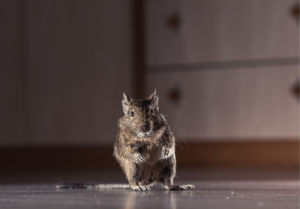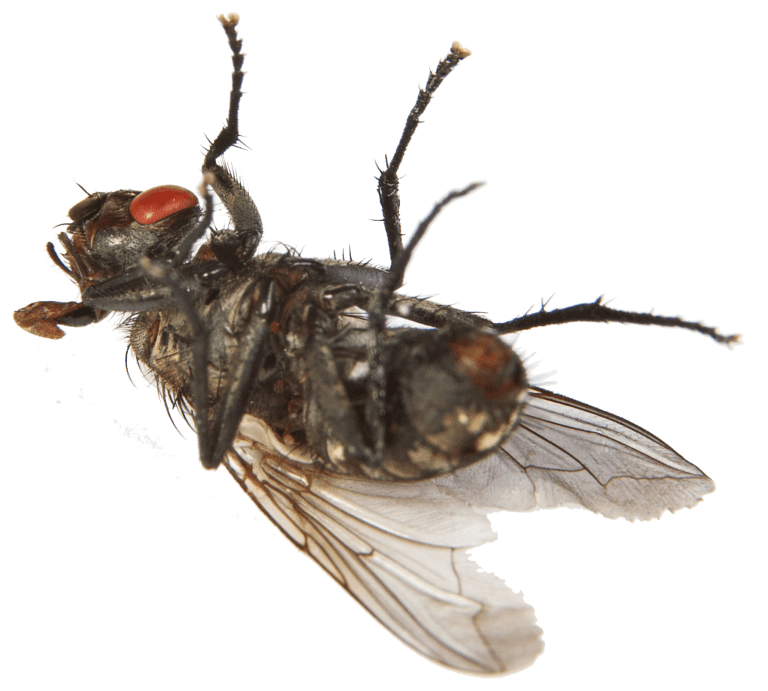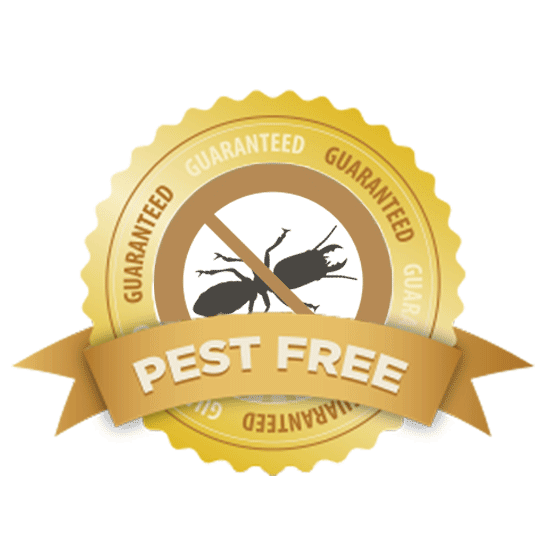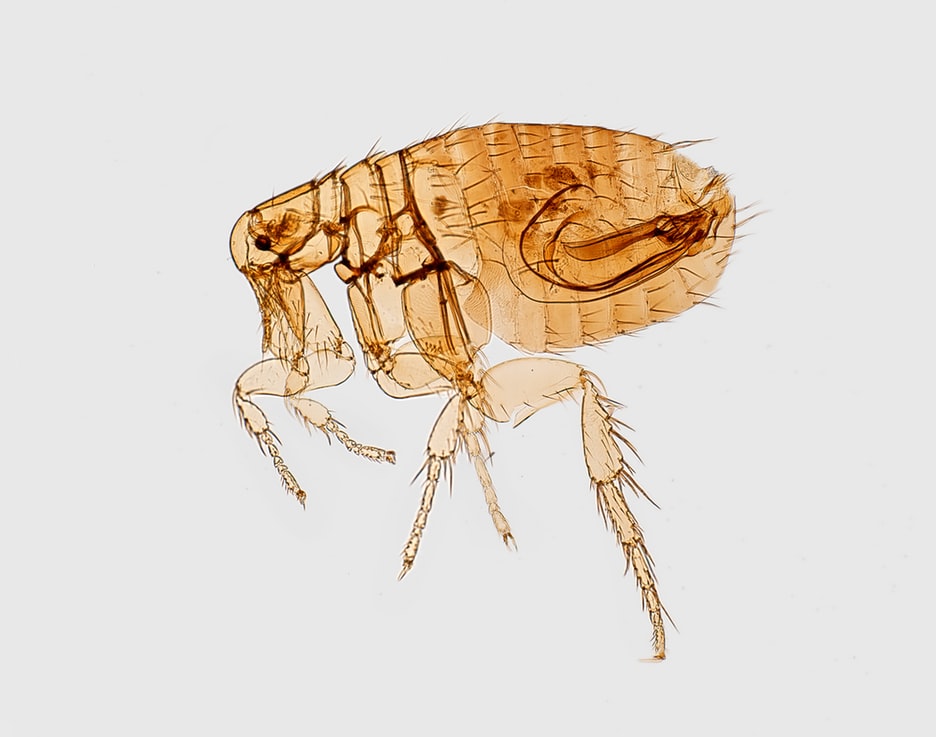
Fleas are troublesome parasites for both humans and pets, including birds. Cat fleas are the most notorious types of fleas in homes, followed by dog fleas. Cat fleas (Ctenocephalides felis) can infest dogs, cats, and humans if these two hosts become insufficient for the pests’ population.
Fleas are super-fast travelers—they can hitch a ride on anyone and anything from far and wide. Without a thought-out approach, it can be hard to get rid of fleas because they can jump 13 inches whenever they move.
Flea Bites
One of the symptoms of a flea infestation is flea bites. If you notice your pets scratching more than usual, chances are you have a flea infestation. Fleas mostly bite when the hosts are sleeping or at rest. In the biting and feeding process, fleas release saliva on the site that can cause skin reactions such as lesions. However, not all people and animals are sensitive to flea bites.
Flea bites appear as rough-textured red welts on the skin. Your pets may start to lose hair as an allergic reaction to the flea bites, while others may scratch the site of the bite until blisters form. If left uncontrolled, a long term flea infestation can cause increased suffering for your pets, including anemia and the risk of fatalities to puppies and kittens.
Other Signs of Flea Infestations
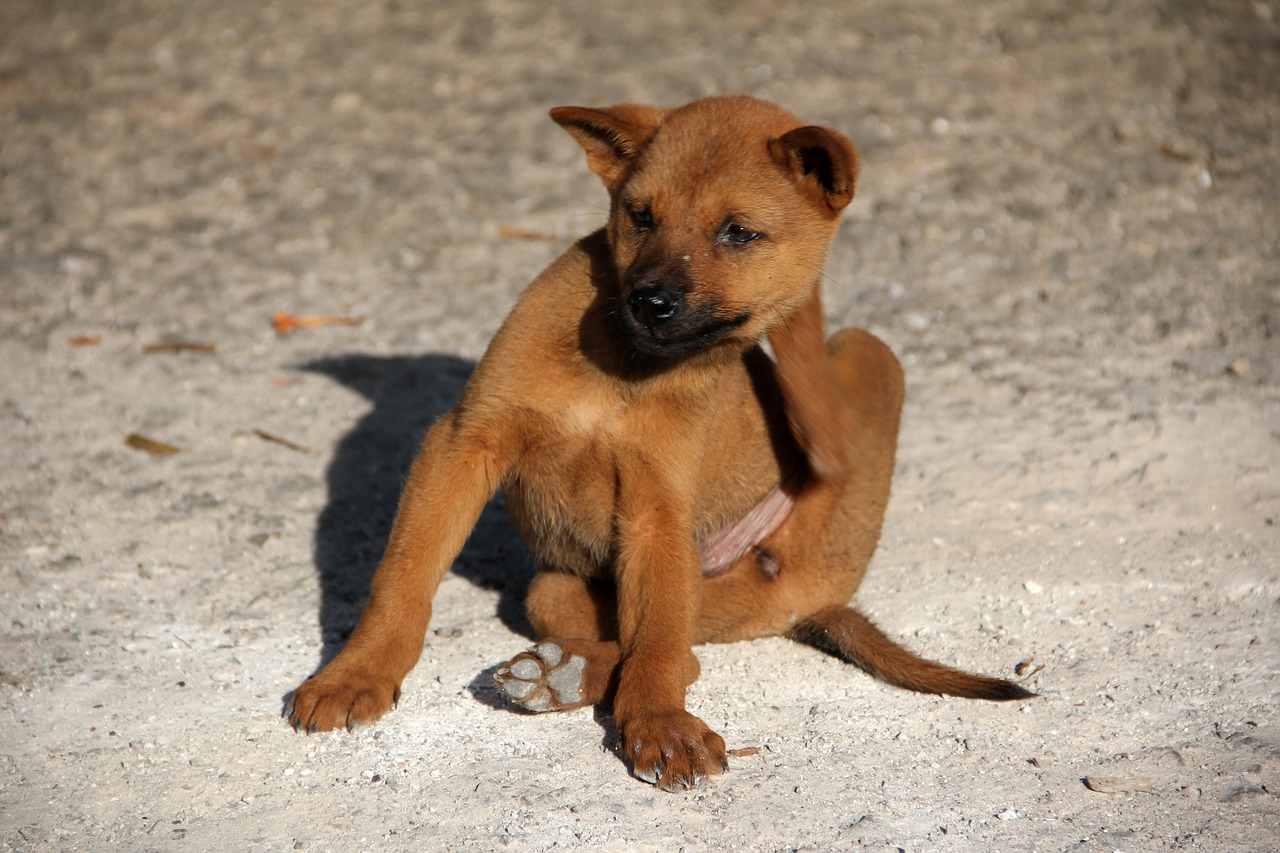 Live fleas: Inspect your pet’s skin around the neck and the tail. You might see adult fleas crawling on the pets. The insects are small and reddish-brown with flat bodies and big black legs. Experts believe that for every flea adult you find on your pet, there are 100 larval ones somewhere around.
Live fleas: Inspect your pet’s skin around the neck and the tail. You might see adult fleas crawling on the pets. The insects are small and reddish-brown with flat bodies and big black legs. Experts believe that for every flea adult you find on your pet, there are 100 larval ones somewhere around.
Flea dirt: You might similarly notice flea dirt, which appears as small dark brown spots. The pets leave these droppings behind on the animal, their bed, furniture, or the carpet.
Flea eggs: Fleas lay eggs on pets. The eggs appear as small white colored ovals around the pet’s bed, the carpet, or even your bed. After a few days, these eggs hatch into larvae, which look like small warms with brown heads.
Hotspots for Fleas
Inside your home, flea infestations will likely be around where your pets like to hang out and rest. Outdoors, prime spots include doghouses, kennels, and the porch. Given that fleas feed on raccoons, chipmunks, squirrels, and other pests, your garden can also be another playground for the bloodthirsty insects. Your cats and dogs get fleas when they chase these wild animals or investigate their hideout places.
In the outdoors, fleas often need ideal conditions to thrive, including warmth and humidity. Without that, their larvae can die. During winter, flea breeding activity slows down, and they go into hibernation. Fleas can remain dormant for a long time, waiting for the house to warm up.
So How Do I Get Rid of Fleas?
Fleas affect all homes, whether there are pets or not. The sneaky vampires can be brought into your home on the clothing of your school children, visitors, or from your office. The pests need to be immediately stopped to help get rid of fleas, for they can cause illnesses in humans as well, including marine typhus, the bubonic plague, and dog tapeworms.
The right strategy for getting rid of fleas should involve prevention, monitoring, and control. The effectiveness of your control measures would depend on their comprehensiveness and how well you target them. A pest control expert with many years of experience in flea extermination may be of crucial assistance in the process.
Flea Prevention Measures
- Control and remove other pests around the home including rats, raccoons, and squirrels
- Seal cracks and holes both in and outside of your home that may harbor flea larvae or act as entry points for rats
- Seal fences and clear bushes to discourage wildlife infestation
- Adopt a daily deep cleaning routine, including vacuuming with a robust hoover and disposing of the collection bag
- Groom your pets every day using a flea comb, dumping any collected fleas in soapy water
- Bathe your pets with soap and water and wash their beddings frequently
Flea Control
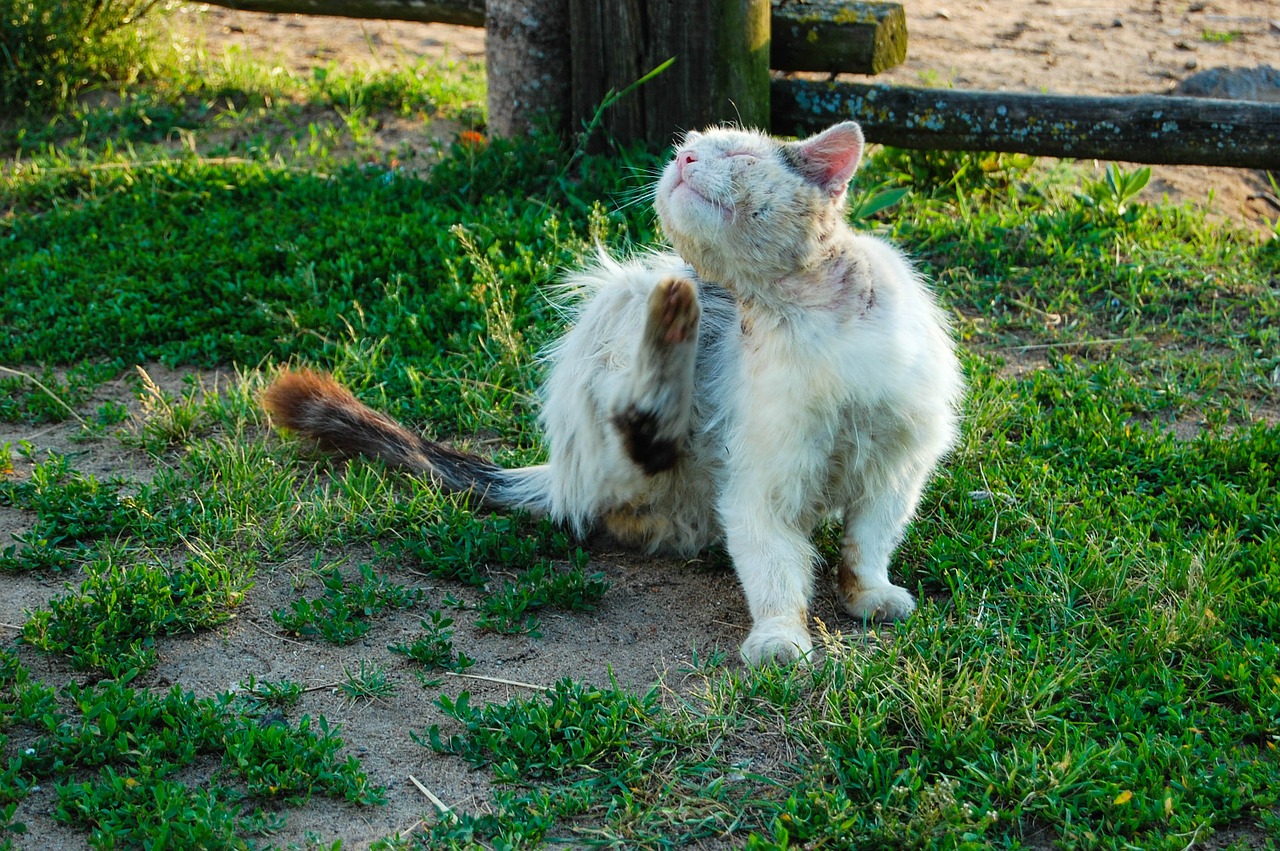 Vacuum daily. For a badly infested area, daily vacuuming may help to remove all the adult fleas and their eggs and larvae. Be sure to dispose of the bag carefully. Ensure to focus your deep cleaning around cracks and holes and increase vigor on carpets to capture as many flea larvae a possible.
Vacuum daily. For a badly infested area, daily vacuuming may help to remove all the adult fleas and their eggs and larvae. Be sure to dispose of the bag carefully. Ensure to focus your deep cleaning around cracks and holes and increase vigor on carpets to capture as many flea larvae a possible.
You might need to employ steam cleaning in this case, which yields better results than vacuuming. The warmth and the humidity of the steam cleaner will stimulate the flea eggs to hatch so you can vacuum them off in your next day’s round of cleaning.
Restrict pets from nesting on your furniture and carpets during the flea control process. Restrict them to their beds and wash their bedding frequently.
Pest control specialists may help with heat treatment processes that kill larvae and adult fleas. The heating process involves raising the temperature to 103°F for one hour. A heating unit with specialized blowers and ducts is used in the process to help get rid of fleas.
If you have a severe infestation, nematodes applied in your garden and lawns can help to get rid of fleas. They are sprayed on the lawn where they enter the bodies of the fleas, feeding on them and releasing toxic microbes. An experienced pest control expert would know the number of nematodes to use and the areas to apply for effective results.
Other Flea Control Measures Include
Boric acid: The chemical can instantly get rid of fleas but is a risk to pets and children.
D-limonene and linalool: These products can kill eggs, larval, and adult fleas, but some may be unsafe for the user and young pets.
Flea Monitoring
During or after the execution of the above-listed prevention and control measures, it would be vital to analyze the effectiveness of your actions. Flea detection measures include:
- Watching out for live fleas and flea bites around the ankles or on your pets
- Identifying the increase or reduction in flea dirt
- Monitoring your pet’s frequency of scratching and signs of flea eggs and larvae on their body when you clean them
Fleas Fight Dirty, Talk to Experts
It is challenging to get rid of fleas because they lay a countless number of eggs in their lifetime. In a single day, an adult flea can lay up to 50 eggs. These creatures are also mostly invisible so that even after deep cleaning, eggs remain behind.
There are many flea prevention products in the market, but not all of them can destroy full flea life cycles. Some may kill the eggs and not adults or larvae and not eggs.
Command Pest Control has the solution for you to get rid of fleas in Broward County. Our strategy involves launching an assault on the flea populations directly and cleaning your environment. The flea control products we use are safe for pets, children, and the environment.
Twenty-five years of experience in the industry has exposed us to pest control innovations and practical solutions that can save you lots of money and pest worries. Let our expert exterminators come to your rescue.
Unlike other pest control companies, at Command Pest Control, we don’t subcontract. We have the resources and the trained man-power to meet our customers’ needs. You can expect a high level of professionalism and a customer-centric type of service with us. Contact us at (954) 943-0008 to request an inspection.


